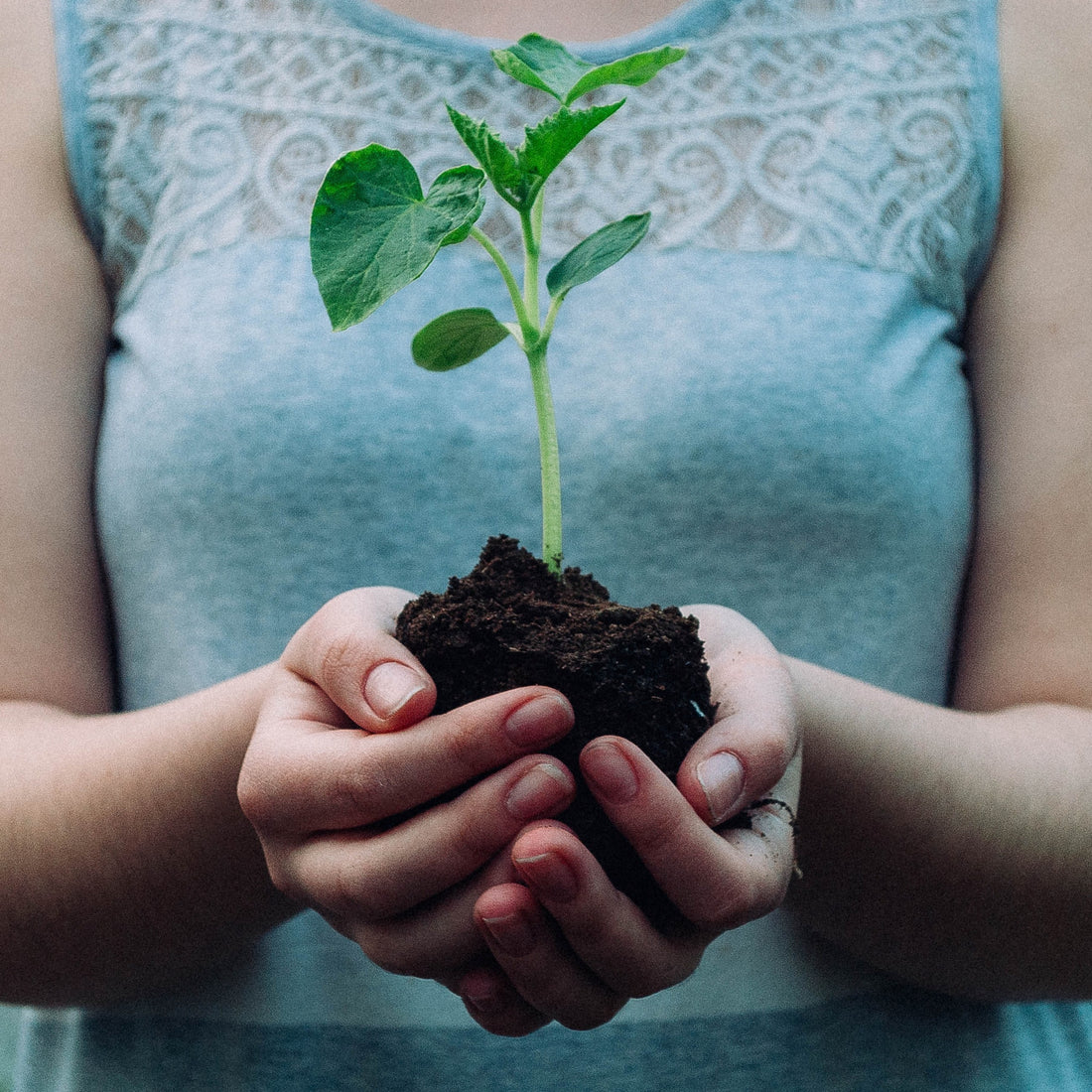
The Key Role of Soil in Coffee Flavor
Share
The taste of coffee is important for all of us. Everybody wants a better tasting coffee, and we usually take a lot of care in choosing the type of coffee we drink. But the taste of coffee is a bigger worry for coffee growers: they know that if their coffee doesn’t taste good, nobody will buy it. They literally depend on coffee to live.
One of the most important aspects for the taste and aroma of the coffee bean is the type of soil used to crow the coffee plant.
Coffee plants have very shallow roots that will become dehydrated quickly if the soil doesn’t have proper drainage.
Types of Soil
There are two key type of soils that coffee farmers consider as ideal:

Volcanic Soil
This type of soil is formed hundreds, thousands, and even hundreds of thousands of years after a volcano erupts. While a volcano may destroy all plant life when it erupts, it also paves the way for a very different type of soil. Rather than being limited to the immediate surroundings of said volcano, it can go on for kilometers thanks to the ash that is distilled by the volcano at the time of eruption.
Depending on how often it rains, the soil will eventually become viable for life to grow once again. This time, thanks to the combination of lava, ash, and the plant life that became trapped for centuries, it’s one of the richest soils on earth.
Though volcanic soil is particularly advantageous for coffee farming, it can be used for growing almost anything, as you have access to it. In recent times, wine cultivated using volcanic soil has become increasingly popular, though the practice of using this type of soil in vineyards has a long history.

Red Soil
Red soil is often found in humid environments. One of the unique characteristics of this soil is that it does not retain a lot of water, which is very important for coffee, which is sensitive both to an abundance or a lack of water. Red soil is often found in areas where coffee grows wildly.
Not surprisingly, red soil is found in subtropical climates and high altitudes; South America and Indonesia, which provide almost all of the world’s coffee, meet these criteria and are abundant in this type of soil.
Unlike volcanic soil, red soil is not automatically rich and is often extensively worked and tested before it is used for growing coffee.
Additionally, there are three types of soil that are widely used all over the world for growing coffee:
Clay Minerals
While clay minerals are present in virtually any type of soil, they are used now in higher concentrations because of their beneficial properties. These minerals act both as sponges and “magnets”; they hold on to any nutrients they come across, making them available for our plants later.
Also, clay minerals attract water, which means that even in droughts, soil with a high concentration of clay minerals will be moist - just how the Coffea plant likes it.
Nitisols
This soil is about 30% clay and incredibly fertile. It only amounts to about 1.5% of all soil on this green earth, yet it is one of the most coveted for any type of plantation.
Nitisols are mostly found in East Africa, Central America, and a few other lucky places. Coincidentally, this is where we see some of the world’s best coffee -Nitisols are so rich in nutrients that are so readily available for plants, that they practically grow themselves.
Vertisols
Like nitisols, vertisols are also quite rare, making up barely over 2% of all soils. They aren’t that much in demand-- unless when it comes to coffee. This soil undergoes a lot of shrinking and swelling, depending on the season, but they are less prone to this in temperate climates, which is where most coffee is grown.
Rich in nutrients and with great drainage, Vertisols are an important part of growing some of the best coffee, particularly in high altitudes.
